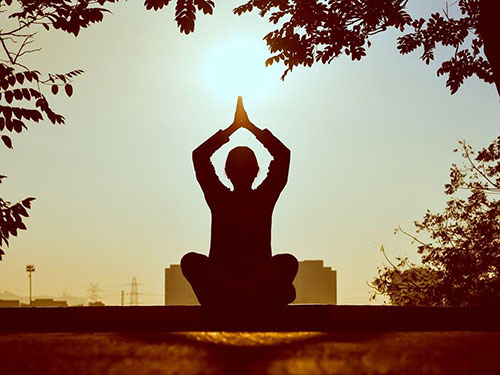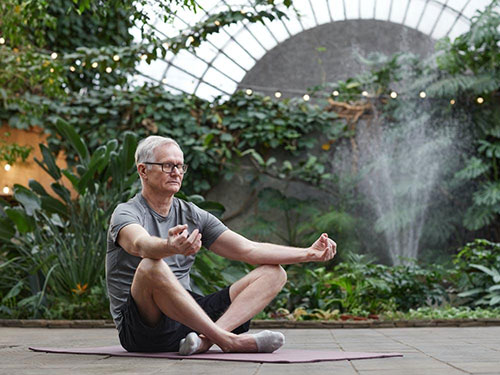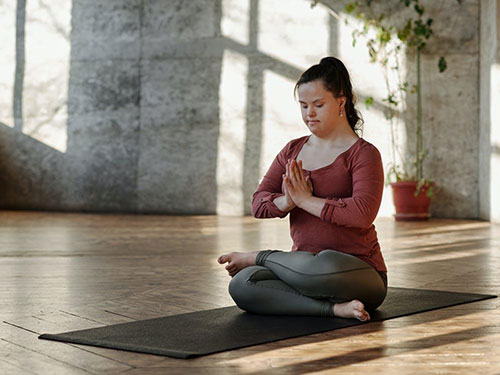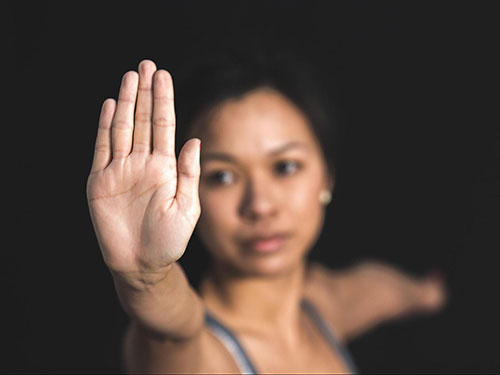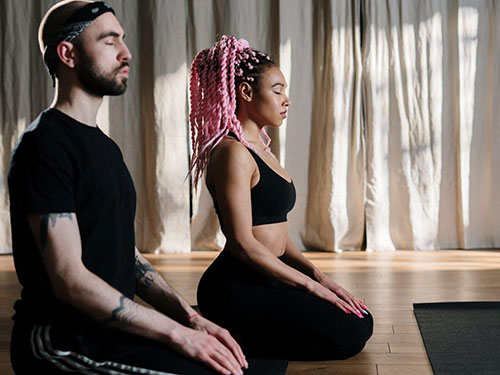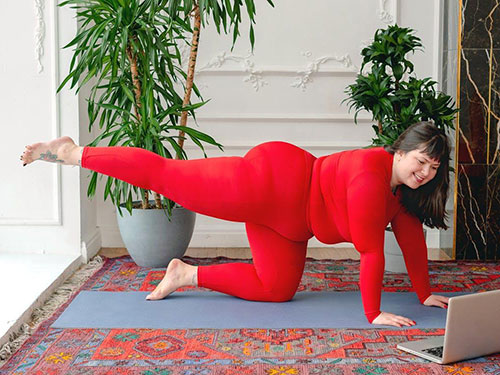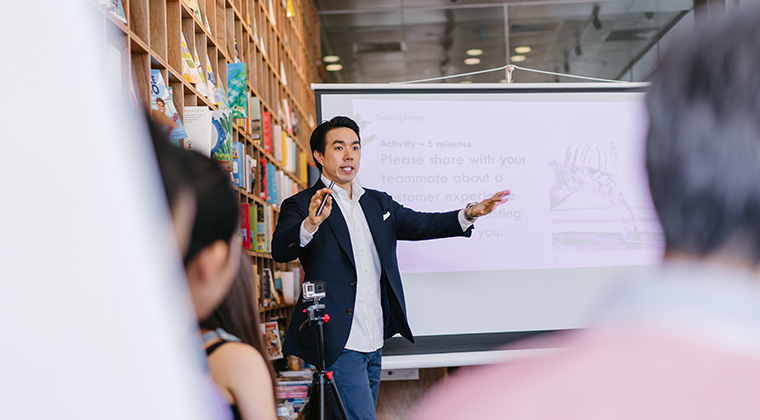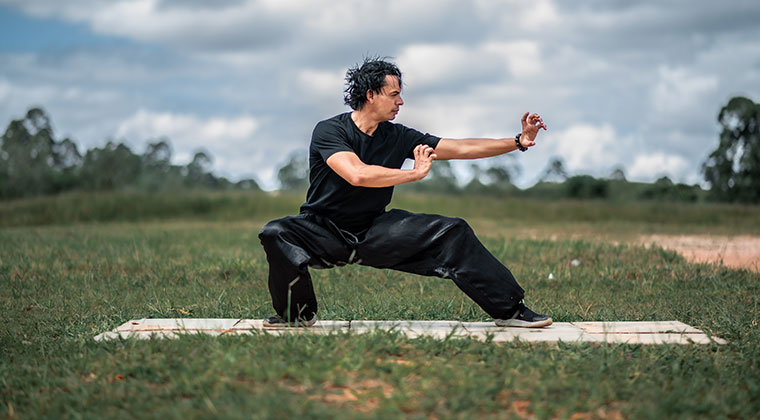Yoga
Yoga is an ancient set of practices that originated in India. These practices include a philosophical tradition, an ethical framework, physical postures (called asanas), breathing techniques (pranayama), and meditation. Yoga postures can help strengthen or stretch parts of the body that are weak or stiff, as well as enhancing bodily awareness and pain tolerance. Breathing practices can improve lung function, increase relaxation, and help users improve emotion regulation. Meditative practices can enhance focus, concentration, and mental clarity.


